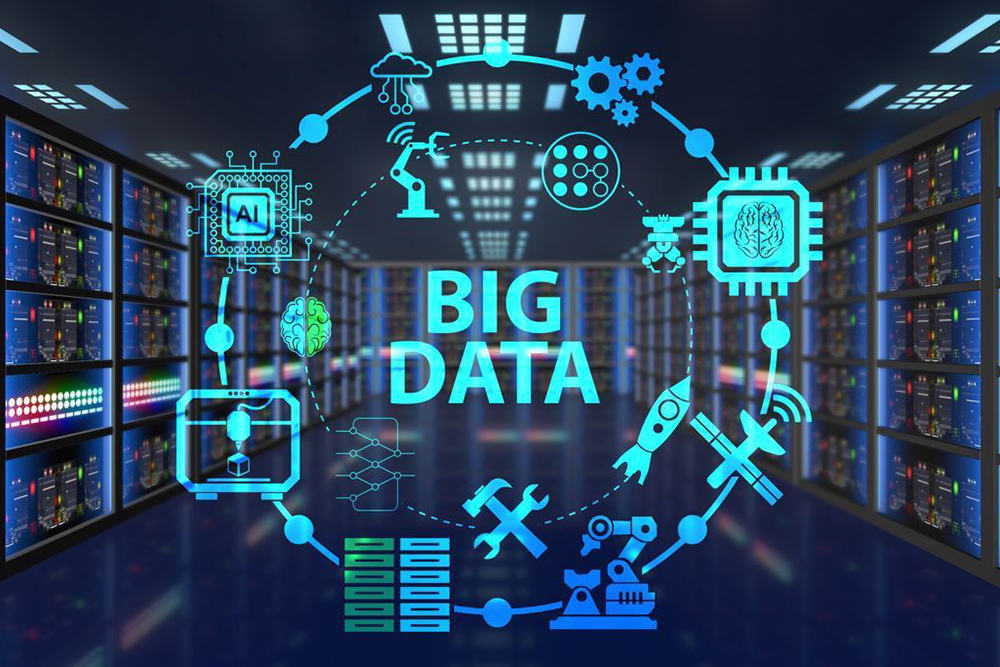Custom Software Development & Integration
Panduan untuk Membangun Perangkat Lunak Khusus Pengantar Custom Sofware Development & Integration Pikirkan kembali sekitar dua puluh tahun yang lalu, pasar pengembangan perangkat lunak saat itu memiliki skenario yang sama sekali berbeda dengan sekarang. Perbedaan utama yang ditemukan perusahaan saat ini adalah kebebasan untuk mengembangkan semua jenis aplikasi yang dalam industri IT disebut sebagai pengembangan […]






